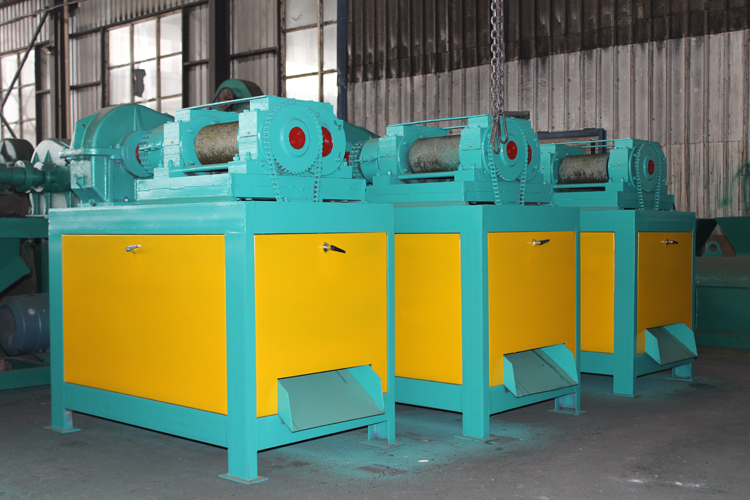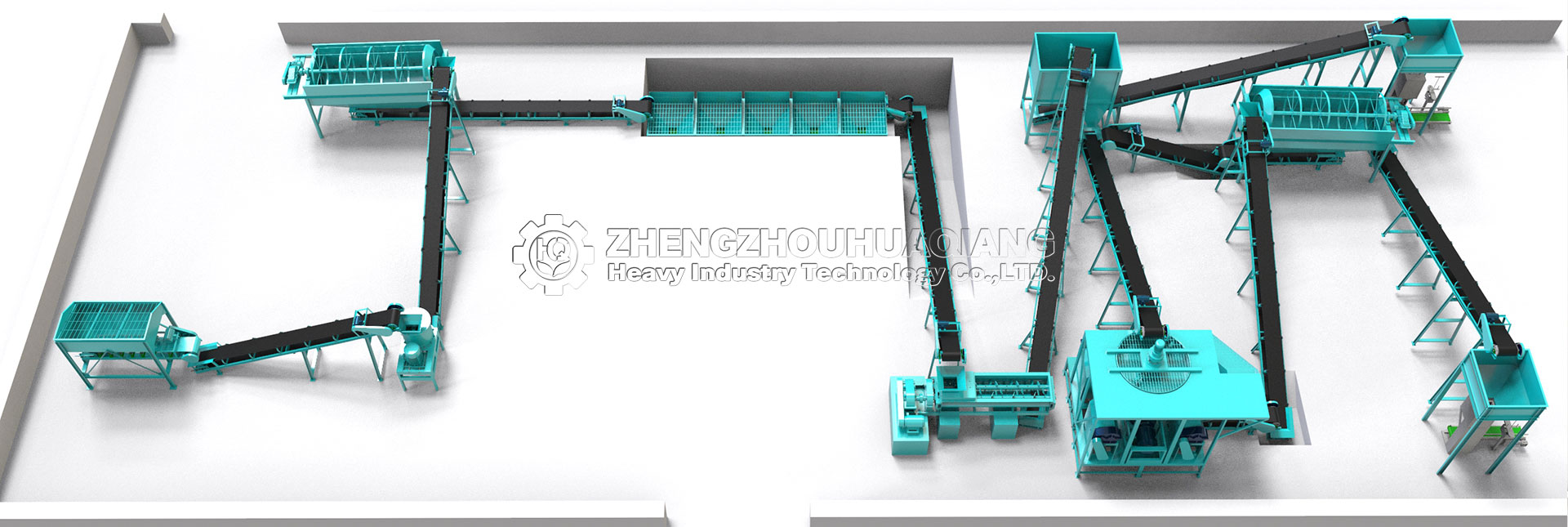2025-07-05

The roller press granulator production line represents a high-efficiency solution in modern fertilizer manufacturing. Three key optimization strategies can significantly enhance its productivity: First, maintain raw material moisture content within 8-12% for optimal granulation conditions. Second, conduct regular maintenance on roller dies to preserve the ideal 0.5-1.0mm gap. Third, implement variable frequency drive technology to precisely control production line speed and synchronize with upstream/downstream processes.

Field tests demonstrate that optimized roller press lines can increase capacity by over 30%, reduce energy consumption by 15-20%, and achieve granule yield rates exceeding 95%.
Roller press granulation lines are particularly effective for high-concentration compound fertilizers, organic-inorganic blends, and certain specialty fertilizers. These products typically feature:
1. High nutrient content: NPK total nutrients usually ≥40%, meeting modern agriculture's high-efficiency requirements
2. Excellent physical stability: Granule crushing strength ≥30N, ideal for storage and mechanical application
3. Slow-release properties: The roller press process enables controlled nutrient release patterns
Compared to traditional rotary drum granulation, roller press lines offer distinct advantages: no drying process required (energy savings), zero wastewater discharge (more eco-friendly), and uniform, well-rounded granules. These characteristics make them especially suitable for producing environmentally sensitive organic-inorganic compound fertilizers.
With the advancement of precision agriculture, roller press technology continues to evolve. Through intelligent control systems and innovative die materials, it will further enhance production efficiency and product quality, providing robust support for global sustainable agriculture development.